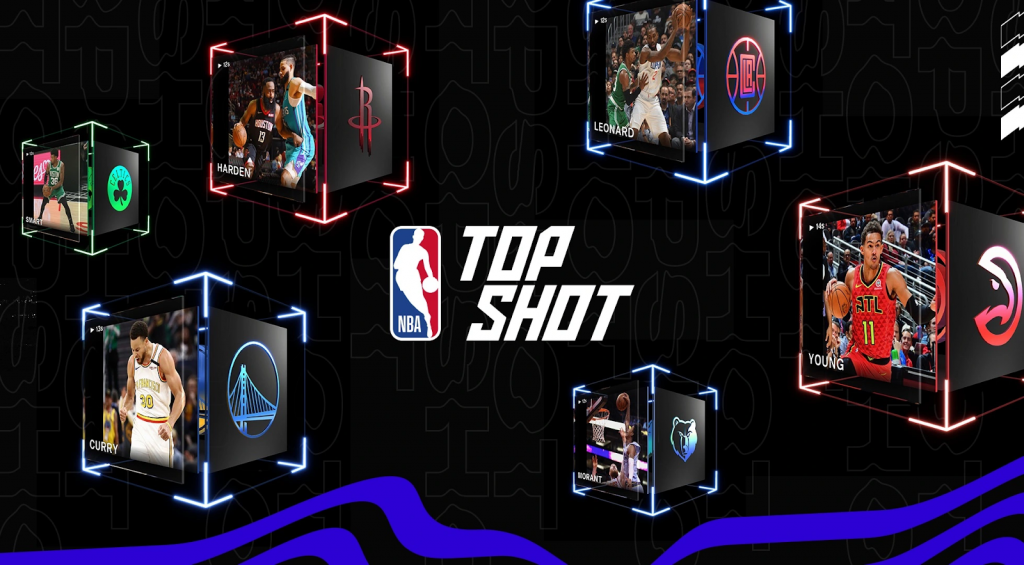Published 1st December 2022
10 reasons why people buy NFTs

A Lionel Messi trading card sold for more than $1.1 million and a digital ape for over $3 million. Of course, we could only be talking about NFTs and the crazy money we’ve seen spent on them in recent years.
Non-fungible tokens (NFTs) are unique, digital assets that live on a blockchain. Each contains a unique digital identifier which differentiates one from the next and makes ownership of digital assets far more transparent.
As a result, billions of dollars have been spent on NFTs since their emergence a few years ago.
But why? What’s so good about NFTs and why do people buy them?
1. Ownership and scarcity
One of the primary reasons why people buy NFTs is because they offer a way to prove ownership and establish scarcity for assets such as digital art, gaming collectibles and even luxury goods.
In the case of art, this has helped tackle issues around forgery. Whilst it can be almost impossible to tell the difference between what’s real and what’s forged in the physical world, the transparency around NFT ownership makes it straightforward to identify the true owner of a 1-of-1 piece, such as Beeple’s The First 5000 Days which incredibly sold for over $69 million.
2. Investment
People also buy NFTs purely as a form of investment, similar to the way we trade stocks or invest in real estate. The value of an NFT can appreciate (and depreciate) over time as its perceived rarity or cultural significance increases.
At its height, the floor price of a Bored Ape reached a massive 153 Eth ($413,100) from a launch price of just 0.08 Eth ($160) in April 2021. That’s a 2,500X increase for anyone who purchased a Bored Ape NFT at launch and sold at ATH!

3. Collecting
In their simplest form, NFTs have digitalised the process of collecting. Just as we’ve collected stamps, coins and sports cards for decades, NFTs will allow the next generation of collectors to do so digitally.
NBA Top Shot was one of the first NFT projects to achieve large-scale success by offering basketball fans the chance to collect ‘moments’ – digital collectibles that showcase a highlight from the NBA.

4. Direct to creator revenue stream
NFTs can also be used as a way to support the artist who created them. This is especially beneficial for artists, regardless of industry, at the beginning of their career who require an injection of cash but are uneasy at the thought of losing control of their work. Currently, this is often the case when a young musician signs a deal with a record label.
Projects such as Serenade allow users to mint limited edition music NFTs which then allows artists to essentially cut out the middleman. And when compared with traditional recording contracts which can only give the artist 10-20% of the sales, NFTs look like a good deal.
5. Fan merchandise
NFTs are becoming another stream in the many sources of merchandise that creators, celebrities, organizations and brands offer to fans.
In the same way that fans buy physical merchandise such as action figures and playing cards, it’s likely that younger generations will grow up collecting NFTs of their favourite superhero, band or sports team.

6. Gaming and virtual worlds
Gaming and NFTs go hand in hand. Having in-game assets exist as NFTs allows gamers to trade gaming collectibles such as land, characters and weapons which has opened up the opportunity for gamers to profit from their gaming endeavours.
BAYC’s Otherside will allow users to transform NFTs into playable characters and buy plots of land, while the upcoming Star Atlas will use a mixture of crypto tokens and NFTs within their game as part of their economy.
7. Memes and popular culture
Current meme culture was always going to make its way into the land of NFTs and even memes have become monetized with the emergence of NFTs.
This has allowed the faces of popular memes to benefit, by effectively selling the rights to the image to others as an NFT. For example, the original Doge photo sold for a massive $4 million.

8. Experimentation and exploration
As NFTs are a relatively new and emerging technology, they’re often used by individuals and brands to experiment and explore new possibilities.
This has seen NFTs used in place of tickets, house deeds and even be incorporated into health & fitness through move-to-earn projects.
9. Community
One of the biggest buzzwords around NFTs is community, with the option to join a community being one of the main reasons why people purchase NFTs. And with events like BAYC’s ApeFest, which attracted hundreds of attendees and performances from Timbaland and Lil Baby, it’s easy to see why.
NFT projects have become well known for their ability to build strong, loyal followings. This is in large part due to the fact that places in the community are limited (the size of the community is determined by the size of the NFT collection) but also because those who make up the community are financially invested in the growth of the project. The more the project grows, the more the value of their NFT increases.
10. Convenience and security
For some, owning NFTs is a security measure. The use of blockchain technology, cryptography and unique digital identifiers make NFTs virtually impossible to lose or steal.
There’s a very good chance that this could cross over into the physical world by attaching NFTs to physical items. This has already started to have implications in the second-hand luxury fashion market where the Aura Blockchain Consortium is tackling counterfeit luxury goods.

Do you own an NFT? If yes, let us know your reasons for doing so. If not, what’s stopping you? Let us know your thoughts and tag us on Twitter @AvarkAgency!
This piece of work does not contain investment advice. None of the information above should be considered as either advice or recommendation. Readers looking to invest should carry out their own research and make sure they are aware of the risks associated with trading.